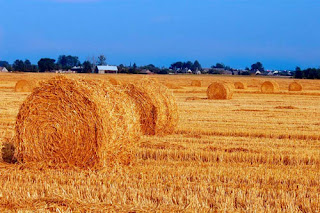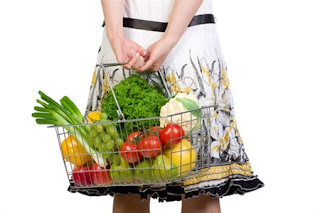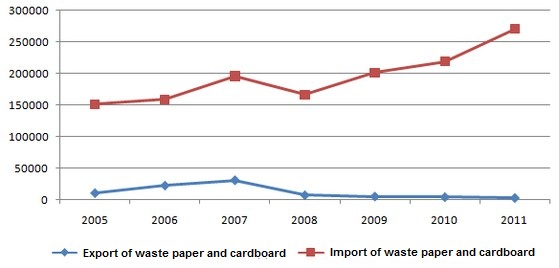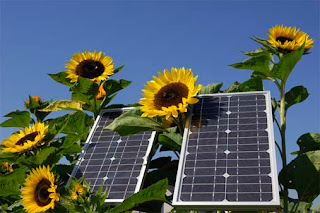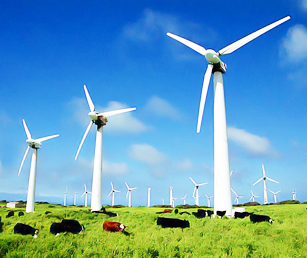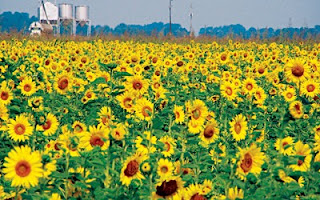 Sunflower oil in Ukraine are used to, that the price of sunflower seed is linked to the price of sunflower oil in the international market. In this marketing 2012/13, the right game have changed. Now we see that the price of oil fell and the price of oilseeds grown. Refiners’ margin decreased. What is the reason?
Sunflower oil in Ukraine are used to, that the price of sunflower seed is linked to the price of sunflower oil in the international market. In this marketing 2012/13, the right game have changed. Now we see that the price of oil fell and the price of oilseeds grown. Refiners’ margin decreased. What is the reason? The last marketing year is generally perceived as a success for the industry. In Ukraine, according to IA “APK-Inform”, was a record harvest of sunflower – 9.4 million tons, of which produced a record amount of sunflower oil – 3.85 million tons. Industry working at full capacity and has been provided with raw materials completely. A similar situation exists in Russia. Two countries of the Black Sea region to were realized their export potential and were expanding their presence in the international market of vegetable oils. We have seen that the sunflower oil in a year replaced soybean oil tenders in Egypt. India – succinct, but very sensitive to the price of the market, also significantly increased its purchases of Ukrainian sunflower oil.
It should be noted that the increase in the proportion of sunflower oil on the world market of vegetable oils has been achieved due to low prices. During the whole of last season, the price of sunflower oil in key markets was lower than soy. For example, on the basis FOB six northern European ports, this difference was on average 100-120 USD / t.
Industry Outlook
We understand that in the context of a global recession internal situation will only get worse. We already know that the President of Ukraine Viktor Yanukovych signed into law on November 15 № 5480-VI, which gives the right to the National Bank of Ukraine (NBU) to enter for up to six months of mandatory sale of foreign exchange earnings and reduce the time of its return. NBU has already exercised his right and cut back period of currency in 2 times, and introduced compulsory sale. I think that the next steps in this direction will not be long in coming. Our state will seek financing from a new, triple force. This year will be rich in the authorities’ attempts to share financial success of sunflower oil’s industry and foreign currency earnings.
There is also quite disturbing trends deficit of sunflower seeds on the market, which began to manifest itself in the last year, and this year in their full strength, supported by inflation expectations. Our farmers are not hardened first devaluation of the currency and, in general, believe only in the U.S. dollar and the physical product that will grow in value if inflation starts. How justified expectations of inflation? We see the efforts made by the State and the National Bank, to avoid devaluation of hryvnia. But in actual fact – it is a crisis of liquidity – banks do not have money, loans at 25% per annum, the interbank overnight sometimes as high as 70%! Therefore, the choice of alternatives is small – or stagnation and crisis, or inflation, or both.
Expectation of inflation or crisis – is one reason the supply shortage of sunflower seeds, but there is another. For years, we have seen that from the various farmers’ associations and large agricultural holdings held organized containment sales of sunflower seeds. And, apparently, this long-term trend. The reason for this – a new balance of power and productivity, and this was a turning point. Below are some numbers and calculations.
First, the long-term yield of sunflower grown at the same rate as production facilities for processing. Secondly, the area of agricultural land in Ukraine is limited and is 41.5 million hectares, of which the cultivated area 32.5 million hectares. From year to year, these values remain virtually unchanged. The area under sunflower this year is 5.2 million hectares. Proper crop rotation sunflower – once in 8 years. Multiply the area by 8 and 42 million hectares, and it exceeds the area of farmland. I beg to note that not all areas are suitable for the cultivation of sunflower, respectively, in the past year, we have reached the upper limit of the possible yield. Third, the production capacity continues to grow. According to forecasts of APK-Inform, if the trend for commissioning new facilities will continue, by 2015, the total capacity will be 2 times larger than the sunflower crop. Hence, if all the companies will work with the same load, yield enough for six months of work. Of course, will be a struggle for the harvest. And in this struggle will win not oil producers, and the producers of sunflower seed. In the race for the harvest will benefit the company:
– With good logistics (the closer to the raw material and ports, the better);
– With good infrastructure (more places of acceptance of goods – more opportunities to buy raw materials);
– Well-funded (percent of hryvnia loans up to 25% per year. If producers have to borrow at such a high percentage, then in that case make banks, not farmers);
– With good modern equipment (as always, are important factors for the extraction of oil from sunflower seeds, as well as energy efficiency);
– With the ability to finance the crop (farmers will sell raw materials fall to the person who helped financially in the spring);
– The company that will be able to process soybeans and canola, have an additional opportunity to upload their company.
APK-Inform
